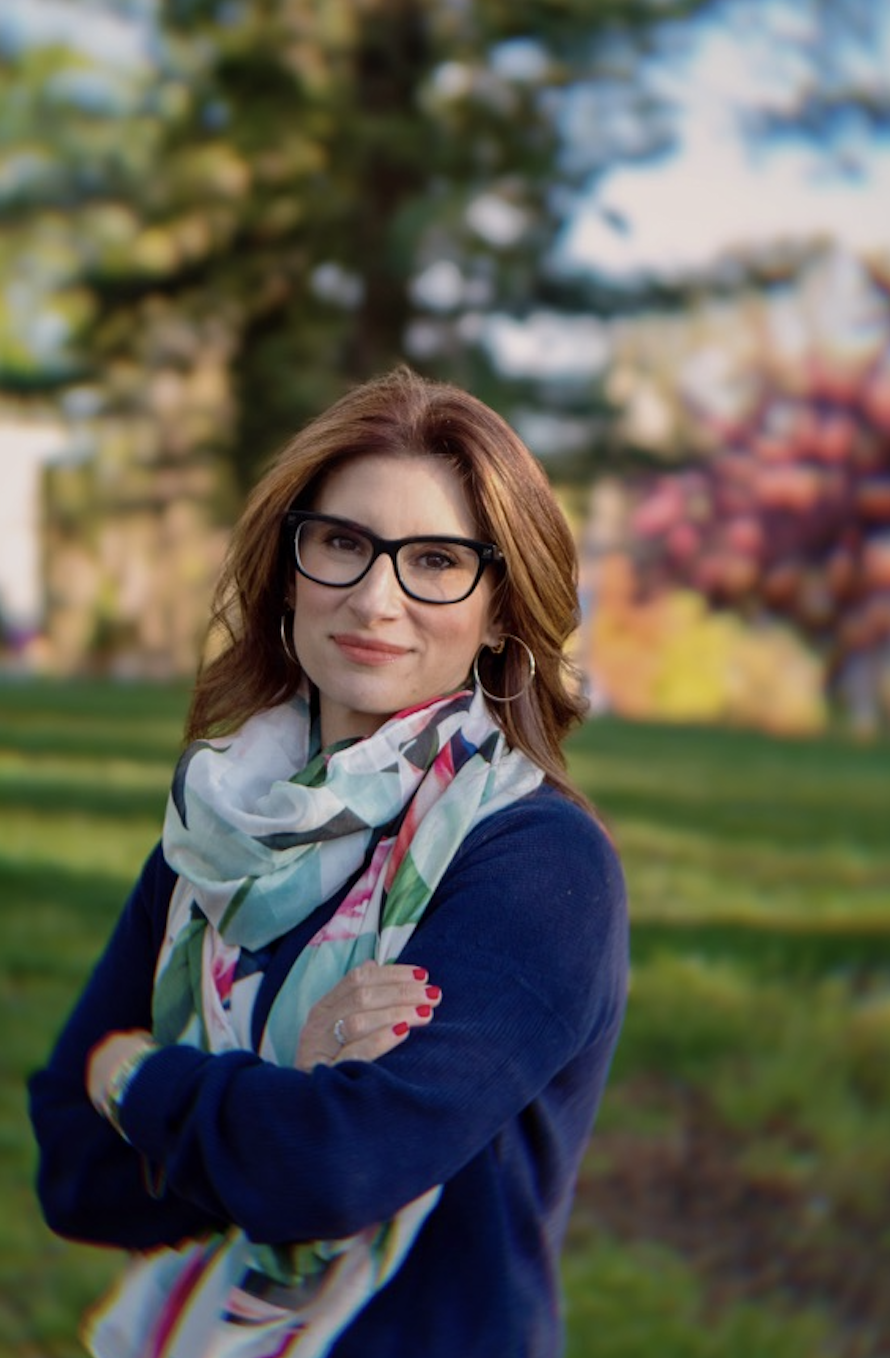I grew up in a teeny, tiny house at the bottom of a dead-end street so steep that the stones loosely paving the road would roll down to our driveway announcing any car that found its way…often mistakenly… to Elliot Place. The neighborhood was populated by a diverse group of tenuously fashioned lower-income families, linked by zip code and the patchwork of struggles and hope that made us a community.
As children in this neighborhood, we witnessed addiction, abuse, mental illness, arrests and yet, all of that receded into the background, serving as vague backdrop for a mashup of a Little House on the Prairie-meets-Stand by Me childhood. Our days were filled with friendship, skinned knees, dirt-soup restaurants, endless bike rides and … always the safety of my secure and loving home where despite our lack of square footage and modesty of material possessions, I beheld an overflowing of giving, a genuine joy of sharing what we had and an open door welcoming anyone and everyone to join us. It was here that I first observed the concept of social conscience—the idea that, no matter what one’s financial status, there exists an imperative to give back.
When I began my career in public relations the 90s, I was drawn to projects that paired the ample resources of successful brands with human need. One of my first clients was LensCrafters, creators of the ‘Give the Gift of Sight Program.’ Customers could bring used frames into the store, drop them in a large branded box and receive a discount off a next pair of frames. The used frames would be repurposed and fitted with lenses to help give the gift of sight to people living in third world countries. LensCrafters shared images of optometrists traveling, sometimes with a celebrity spokesperson, to regions of the globe where being near-sighted was a devastating handicap, not a critique of a weak business plan. The ‘Give the Gift of Sight’ program had every element of a brilliant and simple corporate social responsibility campaign. It linked the brand’s core offering with an acute need, enabled consumers to witness the ways they were helping the brand help others and … bringing it full circle… drove glasses wearers into store, incentivizing them for the next purchase. It appears they are still at it. According to their website, through a program now called One Sight, LensCrafters has provided quality vision care to more than 9 million people in 41 countries in the past 25 years.
Throughout my career, I have admired the way values-driven business initiatives can infuse purpose into the lives of employees, investors and the communities. We are living at an interesting time. Today, more than ever, consumers are placing value on brands that do well and “do good,” demonstrating a willingness to pay more and remain loyal to companies that can strike the right balance. Brands are no longer patted on the back for ceremonial giving. It is no longer about checking a box. It is time to strike a balance.
And companies are responding to the challenge and learning as they go. In this column, I will share discussions with the thought leaders, non-profits and business disruptors who sit at this intersection of profit and purpose.
These thought leaders are challenging us all to rethink success one rolling stone at a time.


